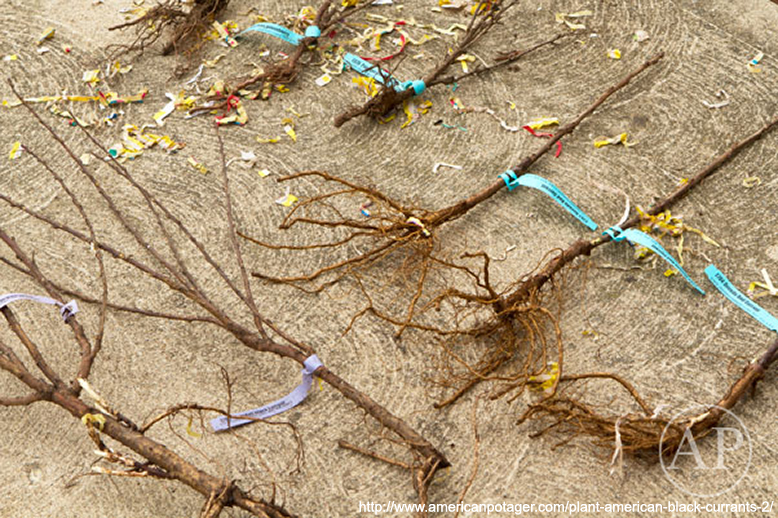
Planting Bare Root Plants – Here’s Where to Start
As you begin selecting plants for your garden this spring, you may come across bare root plants. Commonly found bare root plants include asparagus, berry canes (like raspberry and blackberry), rhubarb, some vines (clematis, grapes or kiwi), roses, and even some trees and shrubs. Here is how to best integrate bare root plants into your garden.
What are bare root plants?
Quite simply, bare root plants arrive to the consumer (home gardener or nursery owner) without soil around the roots. They are harvested in the fall when plants go into dormancy. These plants are packed in a material to retain some moisture (peat, shredded bark, or wood shavings) and stored at cool temperatures. When you buy your bare root plant, it is still dormant.
How to care for a bare root plant before planting
Usually the plant packaging will have good directions from the grower on how to care for your bare root plant. But before you think about planting, carefully inspect your new plant to make certain it is healthy. Occasionally, bare root plants roots may have sustained some damage in shipping. Check also for rotting roots. Use clean pruners to remove any broken or rotten roots.
The packaging from the grower will generally suggest soaking the plant for 12-24 hours before planting. Be sure to follow these instructions. Soaking helps to hydrate the dormant plant as well as acclimatize it to warmer ground temperatures.
When to plant?
This is the most important thing to consider – are you ready to plant your new bare root plant? If you are ready to plant, be certain to factor in the time needed to soak the plant as mentioned above. If you are not ready to plant, keep the plant in it packaging material and store at a cool temperature, like an unheated garage, and protect from freezing.
Take care when planting
Also on the plant packaging should be a diagram showing a few important terms like soil level, planting hole, soil mound, and bud union* (on rose plants – locate the bud union before planting). When digging the planting hole, if your soil is heavy, like clay soil, this is the time to add soil amendments like compost, peat, or even a little sand, to your soil to provide better drainage for the new plant. Fill the hole with water to make certain the soil drains well. If standing water remains for 30-60 minutes, amend the soil to ameliorate drainage.
Make a soil mound in the center of the planting hole. Place the bare root plant on top of the mound with the roots fanning out and spread out evenly over the sides of the mound. Fill in soil around the plant. If you live in a cold climate, the bud union should below the soil level by about 2 inches. If you live in a warmer climate, the bud union can be above soil, but covered with mulch at planting if the weather is still cool.
Because bare root plants arrive dormant and are generally planted when the weather is still cool, it is advisable to protect the newly planted plant with a temporary mound of soil or mulch around the bottom half of the plant that is above-ground.
Share your bare root planting pictures with us on our social channels for a chance to be featured! What tips did you keep in mind while planting?
* The bud union on rose plants is the area on top of the main stem where the canes emerge. Canes emerge like fingers from the bud union.


Sorry, the comment form is closed at this time.